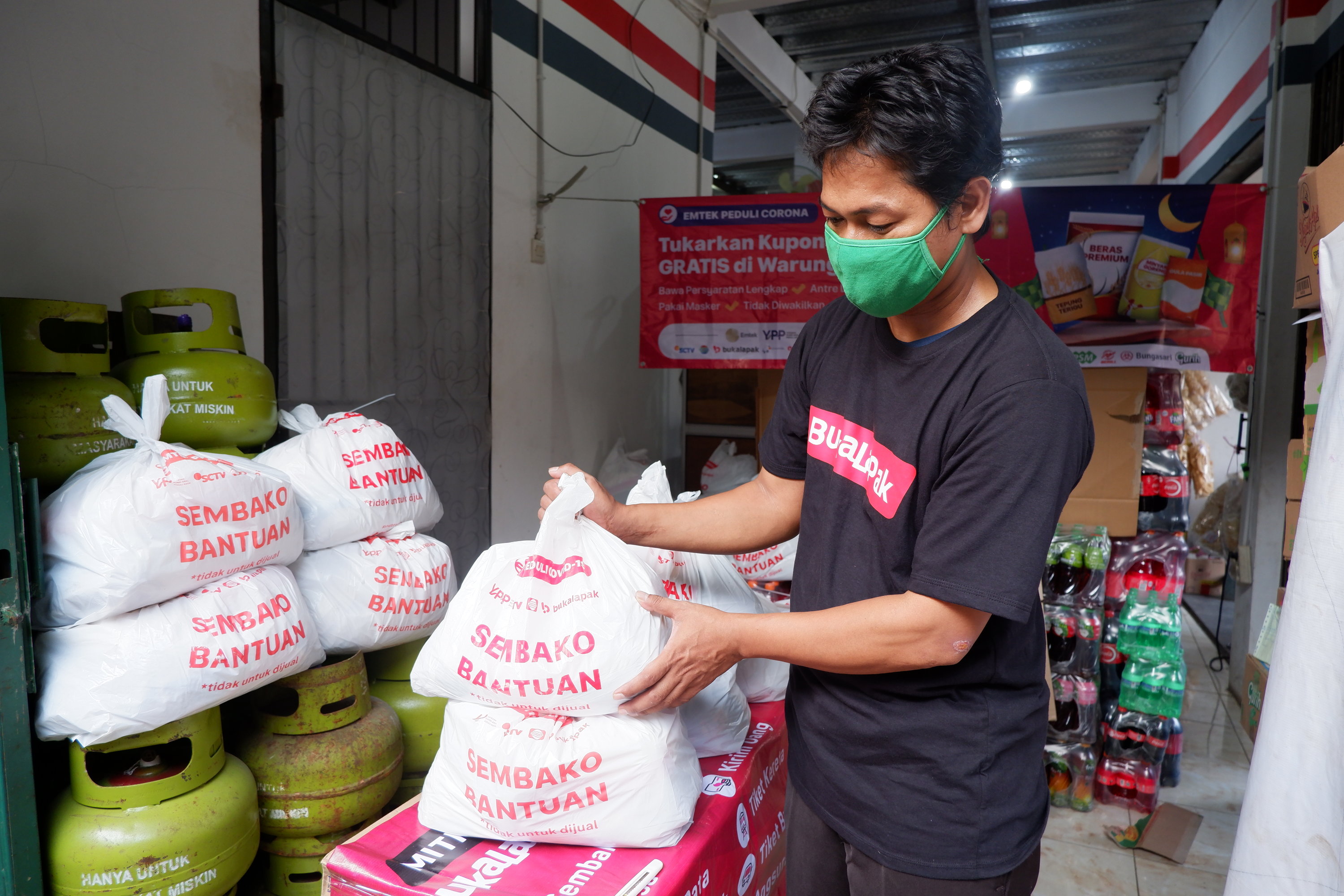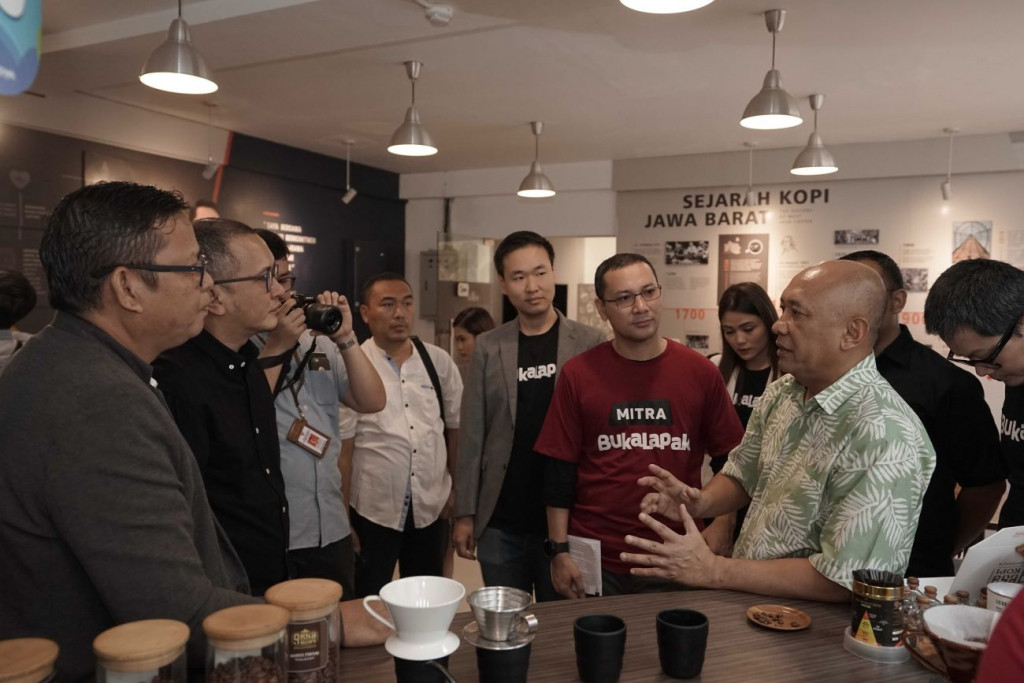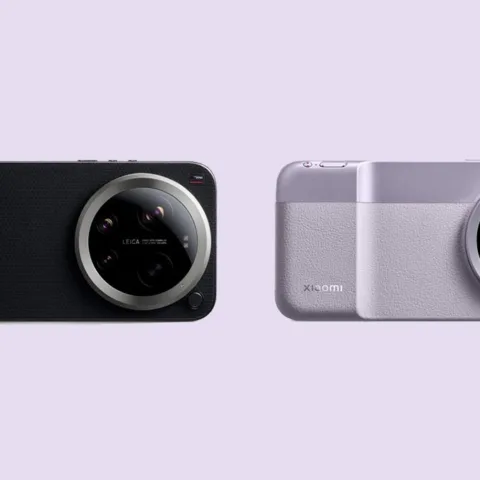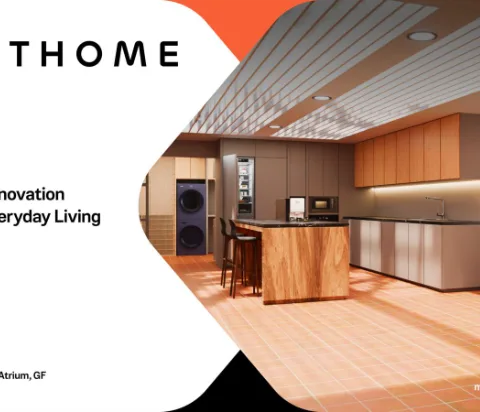Bukalapak sets foot in the right position as a sustainable company and towards profitability as a local unicorn compared to its competitors. The company’s business sources are said to be dominated by outside first-tier cities, through its business units, Buka Procurement, Bukalapak Partners, and virtual products.
In Bukalapak’s performance review for the second quarter of this year, Bukalapak’s President, Teddy Oetomo, explained the total processing value (TPV) growth for almost 400% compared to the first quarter of 2018. It is claimed that more than 50% came from transactions outside the first-tier cities.
Related to EBITDA, it was said to increase by more than 60% compared to the fourth quarter of 2018. The company’s burn rate is still in a rational rate. This means that the company continues to make efforts to acquire new users by providing promotions, but in rational numbers. In terms of growth, market share is said to remain stable even during the pandemic.
“Our main key is healthy growth that is in line with the industry and what we have done for 18 months is to continue to increase monetization, rationalize spending so that our income can be more robust,” he explained during a virtual press conference, Friday (11/9).
In terms of the burn-money strategy, Teddy mentioned that promotion is not a bad thing. All newly opened stores must use this strategy. The thing is, too much promotion can be an issue. He said a business considered successful when it can provide the services that users need.
“The key is in added value. Promotions can accelerate growth, but if you are not disciplined you will definitely get headaches. [..] There are our peers who maybe what they spent in that month, is enough for us for a year. ”
Bukalapak CEO Rachmat Kaimuddin also emphasized, “Not all businesses only focused on growth. The solution is to provide added value to encourage the company’s sustainability. ”
Teddy continued, with the company’s focus on Mitra Bukalapak – in line with the plan for the next five years – is in accordance with the current conditions. That e-commerce services are really needed by consumers who are in lower-tier cities, not in the first tier.
“Since 3-4 years ago, we started to make partners in Bukalapak because they need financial inclusion. People just come to the shop to pay for virtual products. In Indonesia alone, there are 5 million stalls. ”
Bukalapak’s main business contributor
On this occasion, also participated in the officials of each Bukalapak’s main business. Regarding Mitra Bukalapak, in the last year, the number of stalls and individuals joining has tripled to a total of around 5 million partners.
The majority of them are still concentrated in Java with 4.5 million partners, then Sumatra (550 thousand partners), East Indonesia (226 thousand partners), and Kalimantan (128 thousand partners). This expansion is supported by additional wholesale stock distribution coverage to more than 50 cities, working with national and local distributors to ensure the availability of goods for partners.

In terms of payment innovation, transactions at Mitra stalls using the QRIS payment method increased by more than 50%. “We have also launched products based on financial inclusion, therefore, our hope goes with product diversification in the shop partners can get more turnover and become agents of change,” Howard Gani, SVP of Mitra Bukalapak said.
Virtual products are the second flagship product at Bukalapak. During the pandemic, the average growth of virtual products reached more than 60% compared to before the pandemic period. This increase occurred for pulses and data packages, bill payments, streaming vouchers, study vouchers for online courses, and gift card purchases.
The company alone provides more than 30 types of digital products, which are available on the marketplace platform or the Bukalapak Partners application. This virtual product category includes investment products; bill payments, credit cards, and BPJS; travel, purchase of credit and electricity tokens; and credit loans.
“There are various kinds of virtual products, some have dropped due to the impact of the pandemic, such as travel tickets, events, and transportation,” Bukalapak’s Director of Payment, Fintech & Virtual Products, Victor Putra Lesmana said.
Moreover, there is BukaPengadaan product that has been released since 2017. The director of BukaPengadaan Hita Supranjaya said that the growth in the number of customers was more than 48% and more than 32% of sellers who joined from the beginning of the year to August 2020. The most sought-after products were MRO tools. , masks, disinfectants, PPE & rapid tests, electricity vouchers, pulses, shopping vouchers, smartphones, and laptops.
“As well as supporting products for lifestyle such as bicycles and medical devices are the list of top corporate or government needs that are fulfilled by SME players,” he explained.
Eventually, the marketplace becomes the oldest service at Bukalapak. VP of Marketplace at Bukalapak. Kurnia Rosyada said, during this pandemic, the company was recorded as receiving around 20 thousand new traders who registered every week. Now it is noted that Bukalapak has around 6 million pelapak and users of more than 90 million people. The platform has also been integrated with 26 financial institutions and 12 logistics partners.
Regarding shopping trends, Kurnia explained that there is currently a shift in online shopping time activity. Before the pandemic, the biggest increase was at night when I came home from work, now it is evenly distributed every day. Even the products that are widely purchased are also more dynamic, the beginning of a pandemic, the most sought-after products are health-related.
“The currently rising products are in the category of bicycles, sports equipment, games for children, such as tents, swimming pools, and gardening tools. This cycle of market changes is much faster than before the pandemic,” he concluded.
Competitor’s performance
Bukalapak’s enthusiasm is quite different from its competitors. Shopee is the closest, considering that the company also boasted of its achievements in the second quarter of 2020.
In the performance exposure of Shopee’s parent company, SEA, it is said that the company’s adjusted revenue growth was $ 510.6 million, up 187.7% YoY from the same period in the previous year.
Indonesia is Shopee’s biggest source of business, recording more than 260 million transactions during the second quarter. On average, Shopee manages to record more than 2.8 million transactions a day. Compared to the second quarter of 2019, Shopee recorded an increase of more than 130%.
However, the company is yet to be profitable. It is due to the adjusted loss at $305.5 million or greater than the previous year’s $248.3 million. However, the company is making progress towards profitability, adjusted EBITDA loss per order from $1.01 to $ 0.5.
Looking at the GMV number, there was a drastic growth of 109.9% or $ 8 billion, compared to the previous quarter in the first quarter with an increase of 74.3% YoY.
–
Original article is in Indonesian, translated by Kristin Siagian













